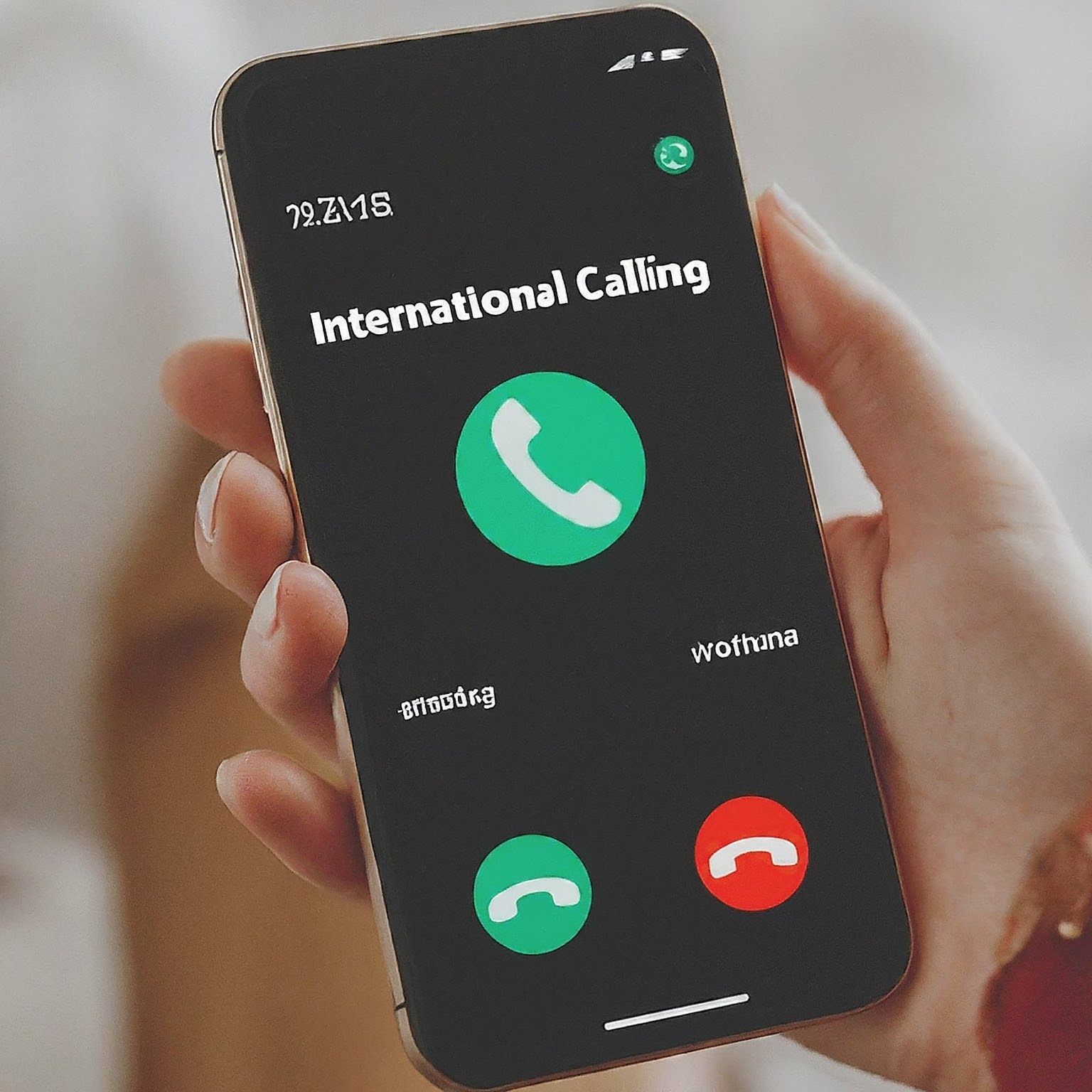Introduction
The landscape of global communication has undergone a dramatic transformation, primarily driven by advancements in technology. At the forefront of this revolution stands international calling, which has evolved from a luxury to an indispensable tool for businesses and individuals alike. This article delves into the history, technology, challenges, and future of international calling, providing a comprehensive overview of this critical communication channel.

A Brief History of International Calling
The concept of communicating across borders has been a human aspiration for centuries. Early forms of international calling relied on physical means, such as carrier pigeons and telegraph systems. However, the advent of the telephone in the late 19th century marked a significant turning point.
The first transatlantic telephone call was made in 1915, a groundbreaking achievement that heralded the era of long-distance communication. Over the following decades, technological advancements led to improvements in call quality and a gradual decrease in costs.
The Digital Revolution and International Calling
The digital revolution of the late 20th and early 21st centuries had a profound impact on international calling. The introduction of Voice over Internet Protocol (VoIP) technology disrupted the traditional telephony industry, offering consumers and businesses more affordable and flexible international calling options.
VoIP-based services, such as Skype and WhatsApp, gained immense popularity by leveraging the internet to transmit voice calls. These platforms eliminated the need for traditional phone lines, making international calling more accessible to a wider audience.
How International Calling Works
Understanding the underlying technology of international calling is essential to appreciating its complexities. While the user experience has become increasingly seamless, the infrastructure supporting international calling is intricate.
At its core, international calling involves the conversion of analog voice signals into digital data packets. These packets are then routed through various networks, including the Public Switched Telephone Network (PSTN) and the internet, to reach their destination.
To facilitate international calling, carriers employ a complex network of switches and routers that handle call routing and termination. Additionally, signaling protocols, such as SS7 and SIP, are used to establish and manage calls.
Challenges in International Calling
Despite significant advancements, international calling still faces several challenges. One of the primary issues is call quality, which can be affected by factors such as network congestion, latency, and interference.
Another challenge is regulatory hurdles. Different countries have varying telecommunications regulations, which can complicate the process of providing international calling services. Furthermore, issues such as fraud and spam calls continue to plague the industry.
The Future of International Calling
The future of international calling is likely to be characterized by continued innovation and convergence. Emerging technologies, such as 5G and artificial intelligence, are expected to transform the way we communicate across borders.
5G networks promise to deliver higher speeds, lower latency, and greater capacity, enabling new applications and services. AI-powered features, such as real-time translation and intelligent call routing, have the potential to enhance the user experience.
Additionally, the integration of international calling with other communication channels, such as video conferencing and messaging, is likely to become more seamless. This convergence will create new opportunities for businesses and individuals to connect and collaborate on a global scale.
The Impact of International Calling
The availability of affordable and reliable international calling has had a profound impact on various aspects of society. It has facilitated business expansion, enabled cross-cultural communication, and strengthened personal relationships.
International calling has also played a crucial role in disaster relief efforts, allowing aid organizations to coordinate their response and communicate with affected communities. Moreover, it has empowered individuals to connect with family and friends living abroad, reducing feelings of isolation.
Conclusion
International calling has come a long way since its inception, evolving from a technological marvel to an everyday convenience. As technology continues to advance, we can expect even more exciting developments in this field.
The future of international calling holds the promise of seamless, high-quality communication across borders, breaking down barriers and connecting people worldwide.
[Continue with additional sections, such as case studies, statistics, or expert opinions, as needed]
Note: This article provides a general overview of international calling. To create a truly exclusive and in-depth piece, consider conducting interviews with industry experts, analyzing specific market trends, or exploring niche aspects of international calling.
Would you like to add more sections or focus on a particular aspect of international calling?
لا تعليق